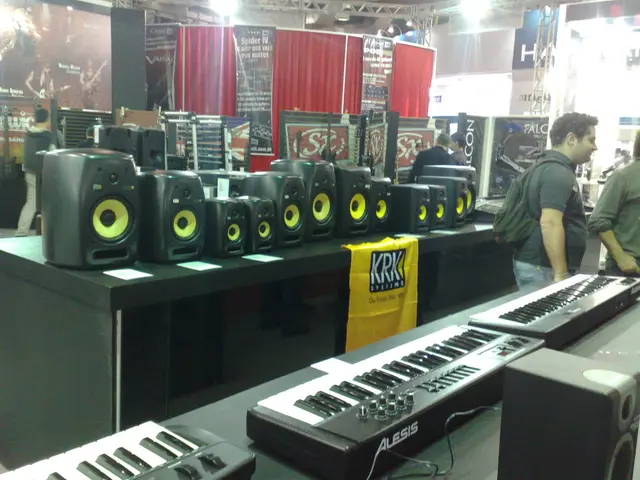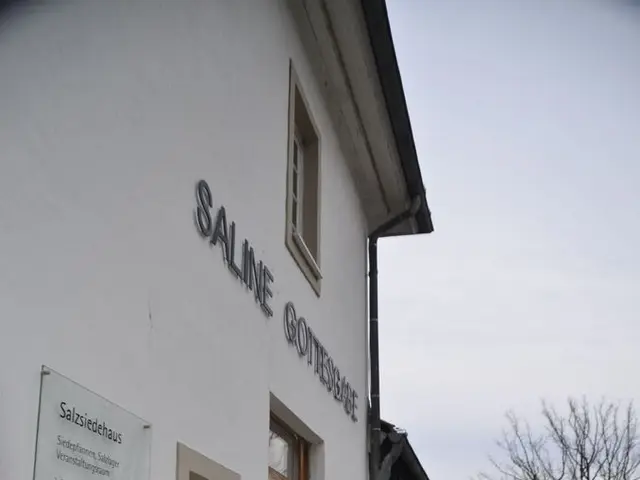Decline in Casino Visits Reported in July, According to Analytical Assessment
In a recent report, Jefferies Equity Research analyst David Katz highlighted a notable slowdown in U.S. commercial casino foot traffic, particularly in July 2022. The decline in visitor volume was one of the weakest months for casino foot traffic in 2022.
Despite the drop in visitor numbers, spending per visitor has increased, which may partially offset the impact on revenue. Nationally, commercial gaming revenue through May 2022 was up 7.1 percent year-over-year, reaching a record $31.89 billion, buoyed largely by online gaming and sports betting growth.
However, some regions and sectors have shown mixed performance. Nevada, home to Las Vegas casinos, reported a 2.2 percent decline in revenue in May 2022, reflecting the downturn in foot traffic and tourism in key casino markets. This decline in physical visitors has led to layoffs, especially among table game dealers, as casinos face reduced demand.
Casinos in Massachusetts saw a 2% decrease in foot traffic from 2022, and a 25.9% decrease from six years previous. Ohio casinos were down 1.5% from 2022 but only 0.4% from 2019. Pennsylvania casinos had 0.6% fewer customers in July 2022 compared to 2024, but 14.2% more than in pre-COVID 2019.
In contrast, Black Hawk, Colorado, saw casino attendance jump 9%, with Katz attributing some of this to Monarch Casinos & Resort's new property. Atlantic City casinos experienced a 4.9% visitation drop in July, and were 13.2% off 2019's pace. Illinois casinos had a 0.9% decrease in foot traffic year over year, and were 14.4% down from 2019 numbers.
Katz anticipates trends to stabilize in 2022 and expects Penn to deliver upside from new and improved properties in the Midwest. He also hopes for improved performance from The Rose, Churchill Downs' newly acquired casino, and takes a wait-and-see stance on a newly acquired casino in Salem, New Hampshire. New casinos, such as Hollywood Joliet (opened by Penn Entertainment) and The Rose Gaming Resort (by Churchill Downs), are cited as potential sources of revenue growth.
Katz continues to argue that Caesars Entertainment has the regional assets to benefit from the expected uptrend, but thinks execution needs to be demonstrated to move shares higher. He also notes that Kentucky casinos did not compare foot traffic to 2019 due to new openings, but foot traffic in July was down 1.3% from 2024. Detroit casinos took an 8.8% hit versus July 2024, and were 31.8% distant from pre-COVID volumes.
Overall, Katz highlights a notable slowdown in casino foot traffic nationally, including major markets like Las Vegas, with casino revenues showing divergence—some states and sectors growing, but overall U.S. commercial casino daily visitation declining, pressuring casino floor activity and employment.
- The decrease in physical visitors at various commercial casinos, such as those in Nevada, Pennsylvania, Illinois, and Atlantic City, has resulted in a shift towards casino-and-gambling culture shifting online, with online gaming and sports betting being cited as a source of revenue growth.
- Despite the slowdown in casino foot traffic across many regions, certain casino properties like Monarch Casinos & Resort's new property in Black Hawk, Colorado, and new casinos like Hollywood Joliet and The Rose Gaming Resort have shown an increase in casino-games attendance and are expected to contribute to revenue growth in the industry.








